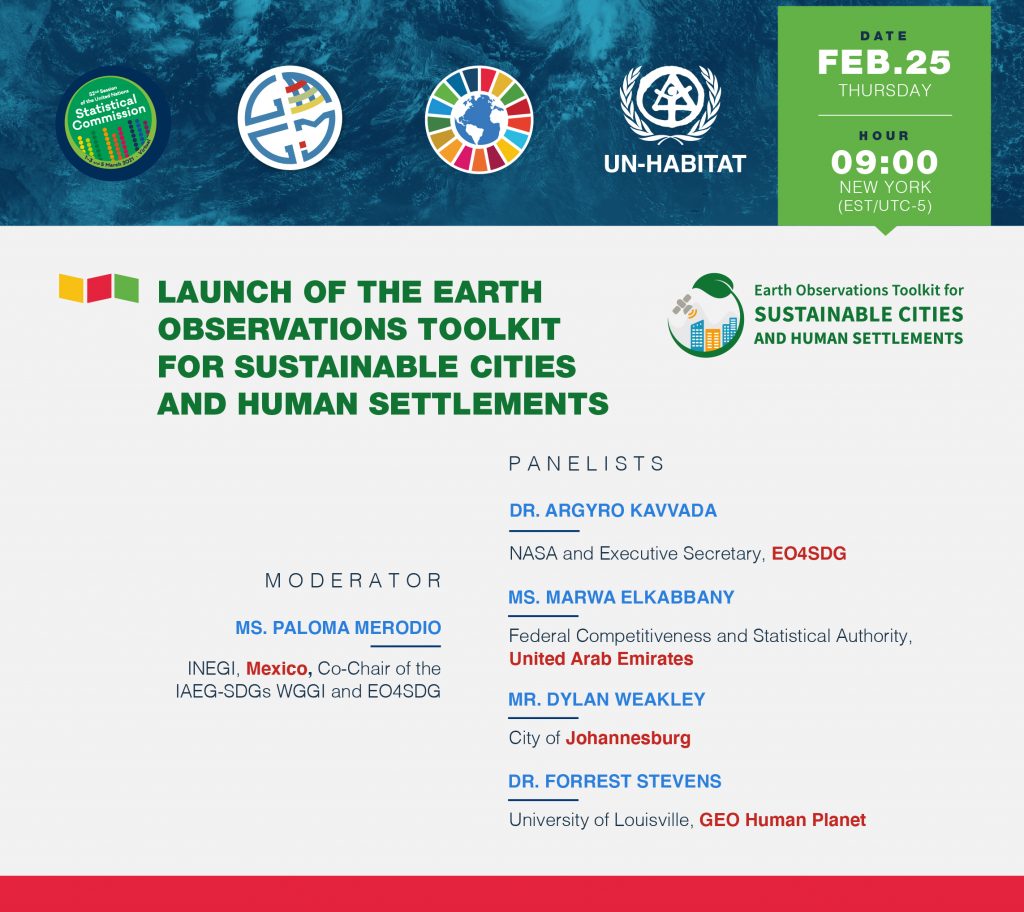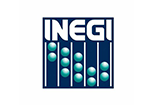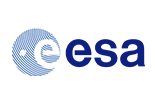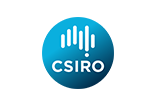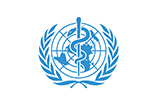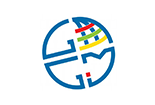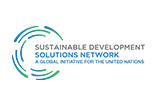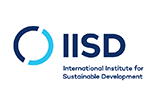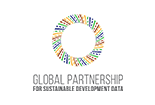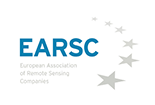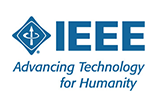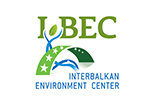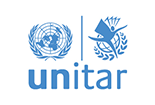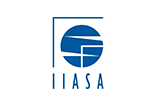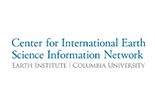Launching the Earth Observation Toolkit for Sustainable Cities and Human Settlements
Consisting of two interlinked segments, the launch of the EO Toolkit for Sustainable Cities and Human Settlements brings together actors and experts from both the statistical and geospatial communities. The first segment sets the scene and introduces the concept, outline and
development to-date of the SDGs Geospatial Roadmap. The second launches the “EO Toolkit for Sustainable Cities and Human Settlements”, situating and contextualising the newly launched Toolkit within the global data environment and the SDGs Geospatial Roadmap. The side event is organised by the IAEG-SDGs WGGI, with the support of UNSD, EO4SDGs, and UN-Habitat.
The SDGs Geospatial Roadmap outlines how to ‘build the bridge’ between the statistical and geospatial actors working within the global indicator framework and communicates the vision to see geospatial and location-based information being recognised and accepted as official data for the SDGs and their global indicators. Through three phases: Phase 1. Prepare and Plan; Phase 2. Design, Development and Testing; and, Phase 3. Measuring, monitoring and reporting geospatially enabled SDG indicators; the SDGs Geospatial Roadmap will provide National Statistical Offices (NSOs) and Systems (NSS) with key recommendations and guidance to enable the transformational potential of geospatial information (including Earth Observations and other forms of geographic data), to be harnessed while mitigating potential complexities around its use.
The Group on Earth Observations (GEO) and UN-Habitat are launching the “Earth Observation Toolkit for Sustainable Cities and Communities,” an online resource to support the Member States of the United Nations, including cities, in achieving SDG 11 to “make cities and human settlements inclusive, safe, resilient and sustainable,” and to implement the New Urban Agenda (NUA) through sustained utilisation of Earth observation (EO) data and applications. The Toolkit provides countries with tools and case studies that share practical guidance on the integration of remotely sensed and ground-based EO data with national statistics, socioeconomic data, and other data to help countries monitor, report, and drive progress on SDG 11 and the NUA. The Toolkit also aims to facilitate engagement among cities, national agencies, and EO experts, and promote knowledge sharing and collaboration between cities and countries.
The Virtual Side Event will be over Webex. Calendar invite can be downloaded here.



